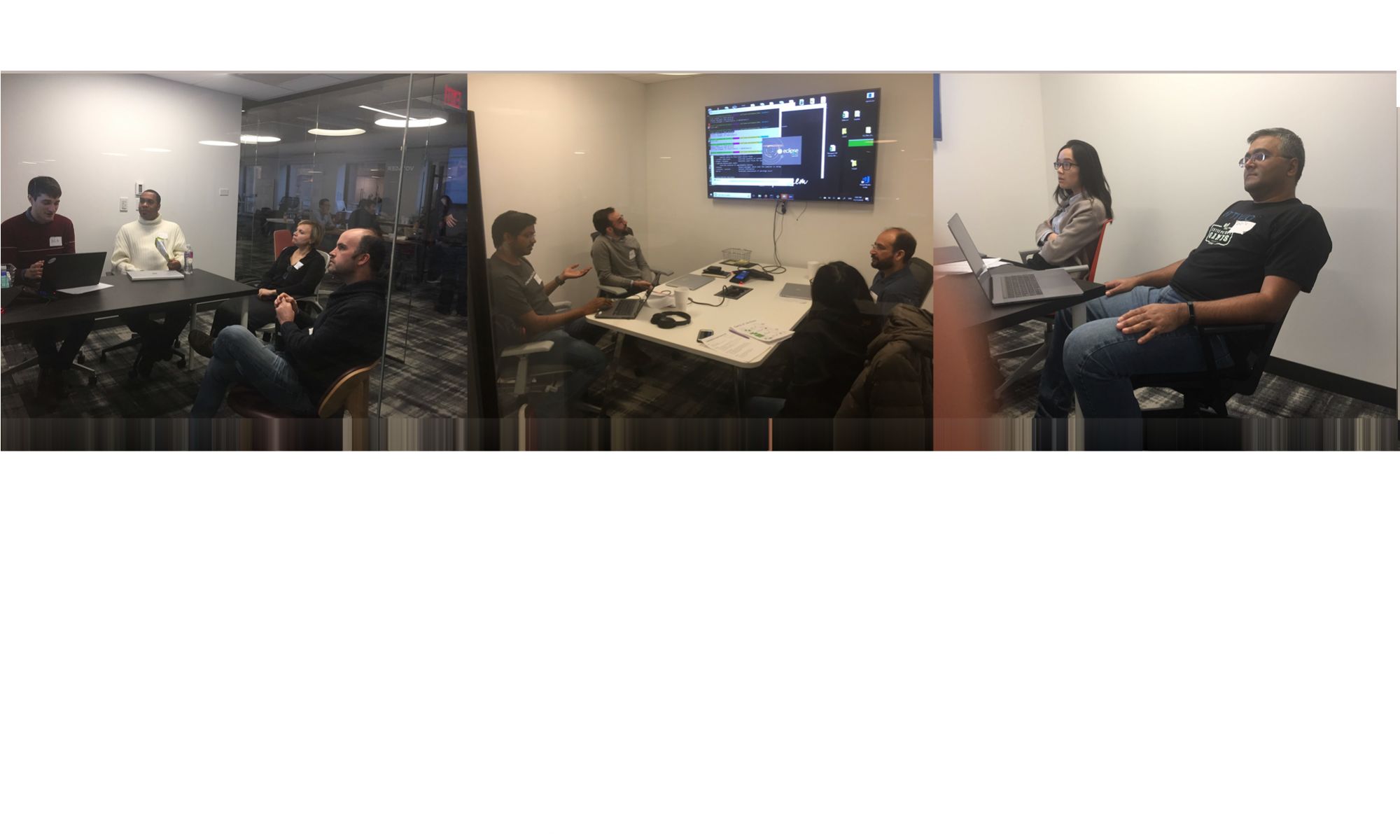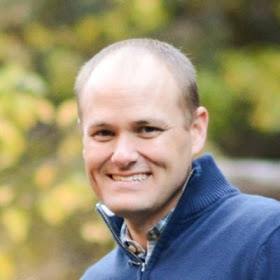By Nancy V.
For Mob Programming 2020 we will be continuing our original emphasis on plenty of hands-on immersive mob programming sessions. There will be several parallel tracks hosted by the Moberators we have been inviting. Here is what we are thinking for our 2020 tracks:
Moberator-Led Sessions: These are our core type of session. They will focus on specific topics such as TDD, better test suites, techniques for turn-taking, dojos in various languages. We will be announcing the session details later on.
Open Jam: In the past we had a format with open space sessions in the middle of a conference day. We would like to extend this to be happening all through the conference’s two days. There will be a way to propose sessions on the spot and to attend any that appeal to you.
Continuous Mob: This is a track where one project will span the 2 days of the conference. You don’t have to commit to staying in this track the whole time; the idea is that the stream of work will continue and people can be present for some or all of the sessions.
Leaders: If you’re not coding anymore (or never were) but you want to understand the business benefits of mob programming, this is for you. In these sessions you’ll hear from people who’ve helped their organizations become a better place to work, and get the work done to a much higher standard – by supporting their mob programming teams.


